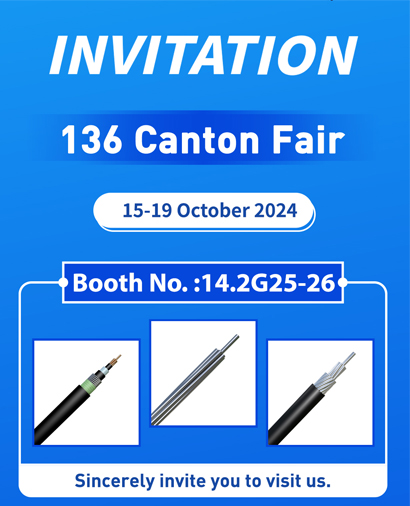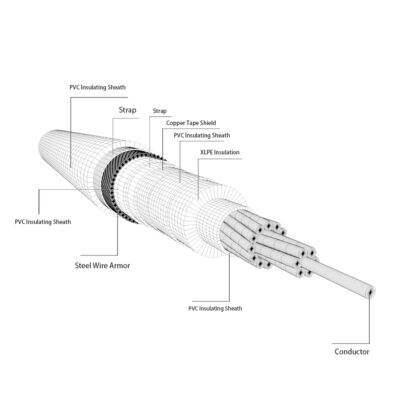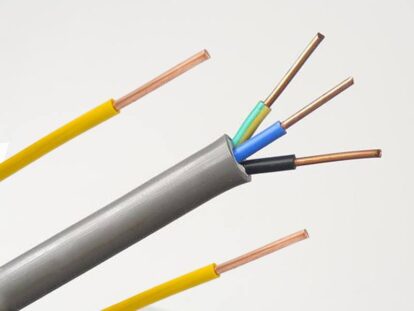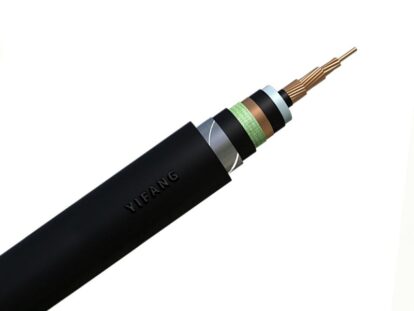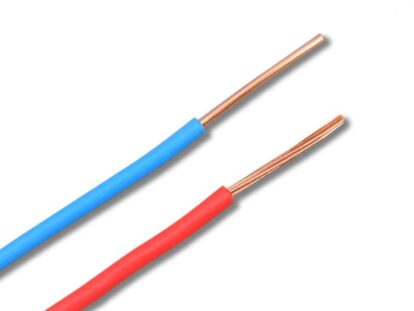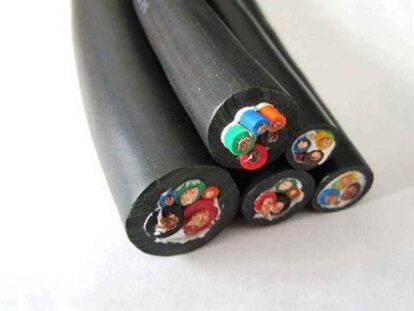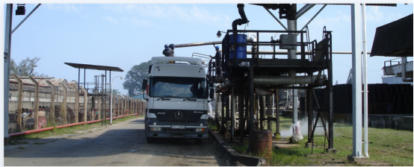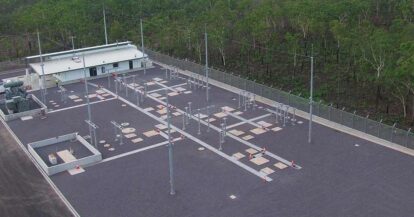AS 1531 is an Australian standard that specifies the requirements and test methods for homogeneous bare wires for overhead power transmission, these wires are constructed of all-aluminum or all-aluminum alloy wire. This standard applies to a range of wire diameters from 2.50 mm to 4.75 mm and provides their performance parameters. This standard was published in 1991 and revalidated in 2016.
AS 1531 standard:
– Conductor material and structure: It stipulates the chemical composition, mechanical properties, dimensional tolerance and other requirements of aluminum, aluminum alloy and steel materials used for conductors, as well as the structural requirements such as conductor weaving method, joint type and surface treatment.
– Conductor performance: It specifies performance parameters such as DC resistance, AC impedance, loss factor, and short-circuit temperature limit of the conductor at the rated temperature, as well as calculation methods and reference data.
– Conductor test: It stipulates the test methods and judgment standards for sampling inspection, mechanical test, electrical test, etc. of conductors, as well as the format of the test report.
The purpose of the AS 1531 standard is to ensure the quality and safety of bare wires for overhead power transmission, and to be consistent with the standards of other countries or regions. This standard applies to the following types of bare wires:
– All Aluminum Conductor (AAC)
– All Aluminum Alloy Conductor (AAAC)
– Aluminum Clad Steel Core Conductor (ACSR)
– Aluminum Alloy Clad Steel Core Conductor (ACAR)







